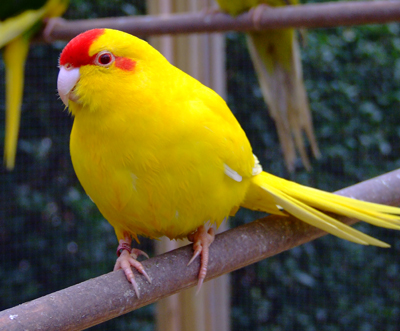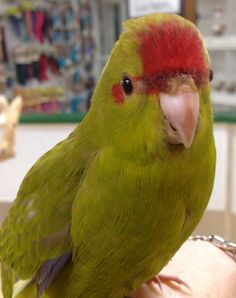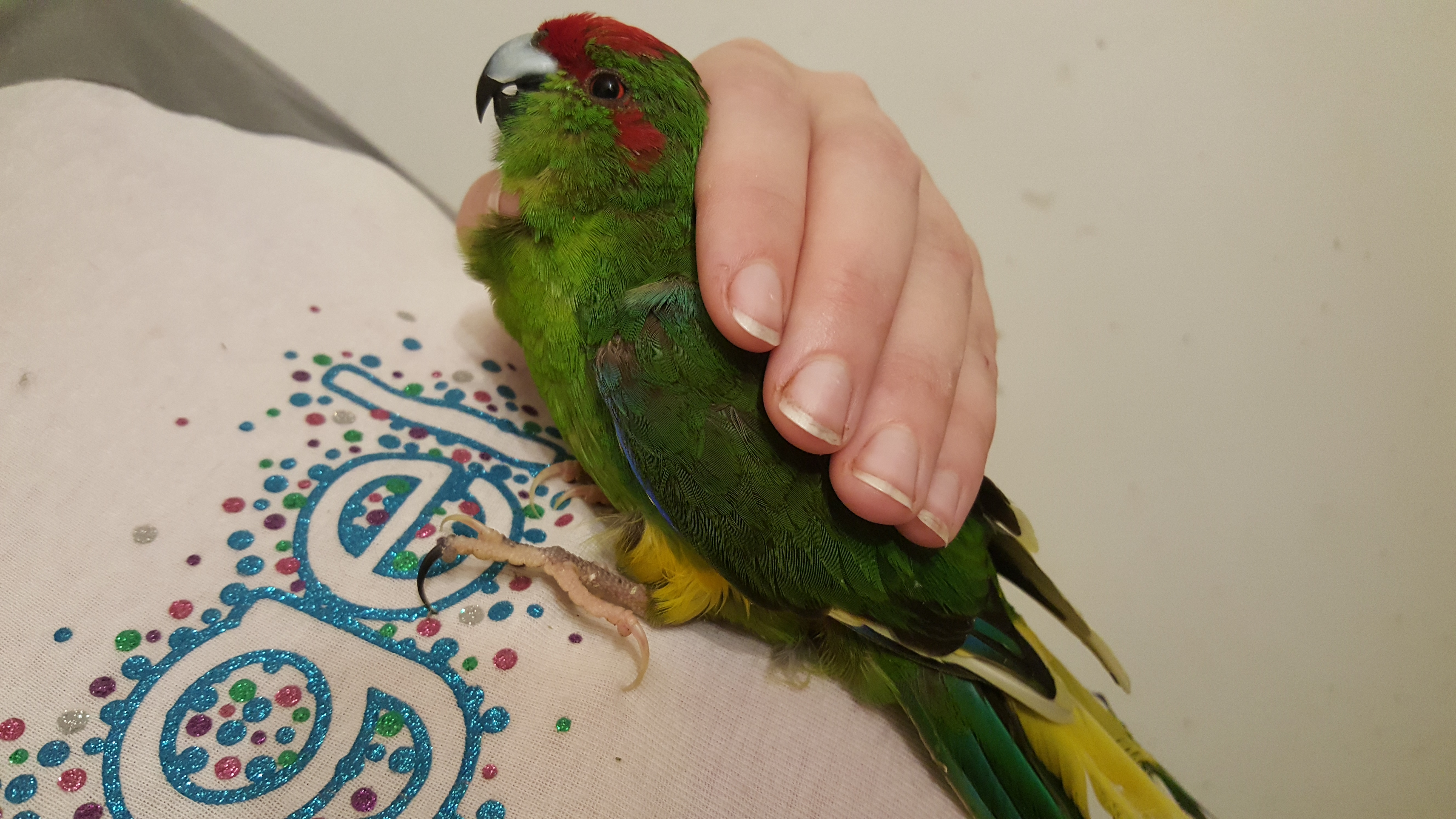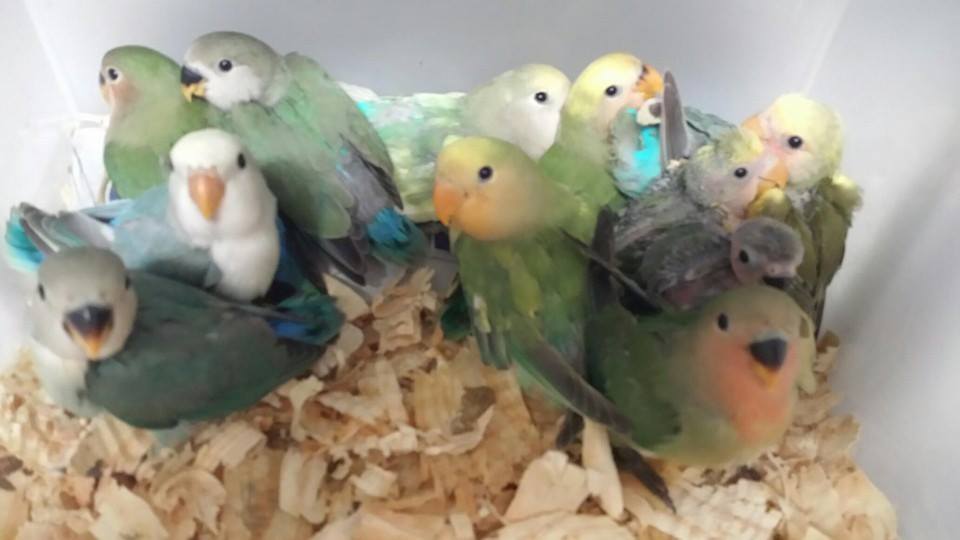Kakarikis are small parrots with big personalities, who enjoy interacting with their environment and can be endlessly entertaining. They can learn to be tame and have close interaction with humans or learn to overcome the worst of their natural fear of us. They are simple to feed, albeit messy, and can breed without too much fanfare. Therefore if you are looking to start with parakeets or simply add a new species to your repertoire, they are certainly worth a look.

In the Aviary
Extremely active and very inquisitive, Kakarikis are wonderful aviary birds. Inexpensive and free-breeding, they are very popular — even more so since various mutations have been available. The aviary must be very secure with double doors because Kakarikis are lightening fast in their reactions, also very friendly and fearless, so escape could happen all too easily.
The aviary must be very safe with nothing that is potentially hazardous. Kakarikis are enthusiastic bathers so fresh water in a large shallow container must always be available. Because they are so active and such strong flyers, Kakarikis are best kept in an aviary no less than 4.5m (15ft) in length. They love to forage so will enjoy life in a large planted aviary, where they can be kept with small softbills and finches.
Vocalisations
Their calls are not loud or unattractive thus they are ideal for people with close neighbours who might complain about noisier birds.
Breeding
The clutch size is large — five to nine eggs, which are incubated by the female for 19 days. Young spend about five weeks in the nest. Kakarikis are such good parents that they are often used as foster parents by breeders of Australian parakeets.


Diet
Dry and sprouted seeds should form the basis of the diet. Kakarikis should be offered a good quality parakeet mixture containing some sunflower and safflower, plus sprouted sunflower and mung beans, which can be sprouted together. Millet sprays are enjoyed. They will also eat fruit, such as apple, strawberries and grapes, also sweetcorn, carrot and celery.
Wild foods such as seeding grasses and the young leaves of dandelion and smooth sow-thistle are also relished. Cultivated greens such as kale, rocket and spinach will also be eaten — but they are not fussy and will eat almost any green food which should be fed daily. Eggfood (crumbly consistency) should be offered just before chicks hatch and during the rearing period.
Note that Kakarikis have a habit of scratching rapidly with their feet, sometimes scattering the contents of the food dish in all directions. One breeder overcame this problem by placing food dishes inside much larger containers — but this would prevent the use of swing feeders and some feeding shelves.
Please note that prices start at 150.00 for a normal we have pieds, and double gold checks which are all yellow, we have creams, turquoise and blues. All prices are based on color

